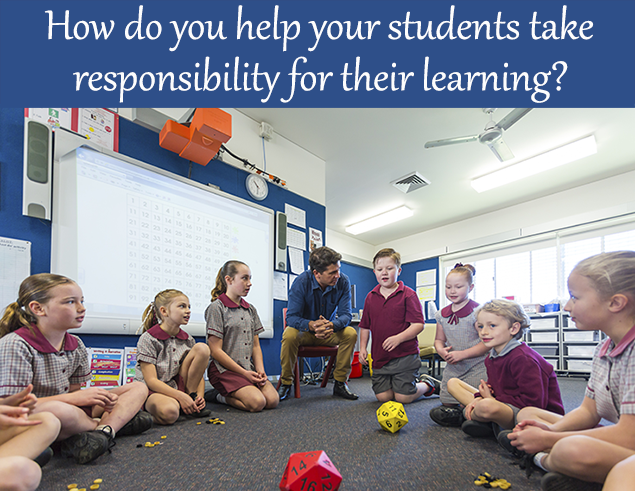What Is The “Hands-Off” Approach To Learning?
Posted by Network Support · Leave a Comment
A good teacher teaches as little as possible, while modeling behaviors of how to figure something out…
Creativity and innovation, critical thinking and problem solving, initiative and self-direction – these are just some of the 21st-century skills teachers strive to develop in students to ensure lifelong, active learning.
The truth, in reality, is that with our traditional style of teaching we are turning our students to be “passive learners”. For students to become active learners, they need more opportunities to think and learn, rather than just to listen or engage with a teacher-directed activity. Today, teachers need to become more “hands-off” in their classroom and help children take more responsibility for their learning.
The Hands-off Teaching Approach
To be the most effective, teachers need to be able to help various types of students get the most from their educational experience. One such successful teaching approach is the Hands-off method. In this style of teaching, teachers give their students only minimal instructions. Instead, teachers urge their students to study independently. This develops their self-actualization and critical thinking skills. This approach works best for students in their later years of elementary school. Students who can take on more responsibility related to the learning process are ideal candidates for this teaching method.
Following are some effective tips and ideas, to employ the Hands-off teaching approach:
1.Challenge Your Students
Challenge students to teach their classmates. Allow them to become the “teacher or expert” in a topic and teach their fellow classmates how to do something. Another hands-off activity could be to challenge students to pick out their own mistakes from a classwork paper, instead of making them on the paper. Teachers could tell the student how many errors she found and then challenge him to identify the errors and suggest corrections. This can be quite an effective learning strategy.
2. Cultivate Inquiry
When students ask a question, don’t automatically give them the answer. Instead, teachers could say, “I don’t know… let’s find out” and then have the students look things up for themselves. This will cultivate inquiry among students and get them thinking for possible answers.
3. Brainstorm
Encourage “brainstorming” when you introduce new topics. Rather than focusing on answers when you introduce a new topic, try having your students brainstorm all their questions about the topic. Once they’ve identified a few questions, then consolidate the questions and challenge your students to work in teams/ groups to come up with their answers that they can then share with their classmates.
4. Think Out loud!
Have your students “think out loud.” If they are working through a problem, have them narrate out loud the thinking process they are using to get to the answer. To start off, teachers can first model this process themselves, demonstrating to students what you are thinking as you solve a problem or challenge yourself.
Like this article for teachers?
Browse the Professional Learning Board COURSE CATALOG to find related online courses for teachers in your state. Professional Learning Board is a leading provider of online professional development classes that teachers use to renew a teaching license or renew a teaching certificate.





